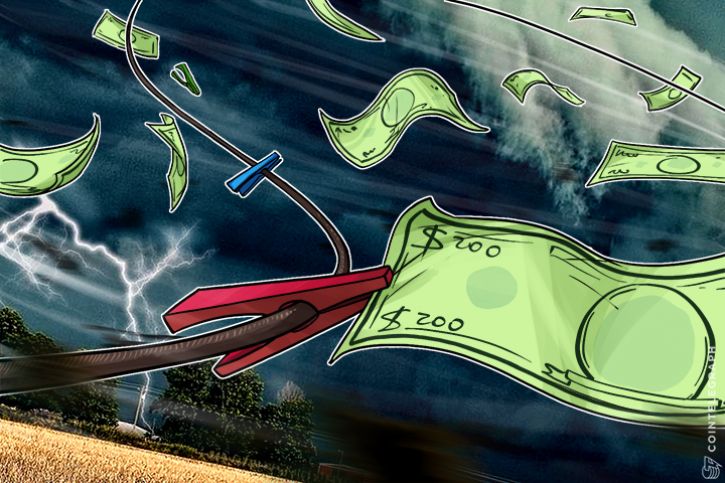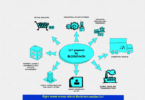Today, banks and financial markets refuse to share information that can prevent money launderers and fraudsters from operating in the shadows, in the gaps between market participants. But now the situation is changing.
As Grant Blaisdell, co-founder and COO of Coinfirm.io says:
“Blockchain has the potential to completely eliminate fraud, money laundering and criminal activity from our financial and banking systems.”
This is the first in a three-part report that looks at Anti-money laundering (AML) and the efforts of the Blockchain community to bring everyone together to rid the financial markets of fraudsters, criminals and those who seek to use the financial system for the bad ends.
Compliance costs skyrocket
Remembering back to 2012, HSBC had to pay the U.S. authorities $1.9 bln in fines for not identifying and distinguishing bad actors from good, through the handling of a huge volume of questionable transactions from unreliable sources.
The question remains: did they really know or were the systems that are meant to flag the risks inadequate?
How did HSBC get this so wrong over a long period across many sovereign jurisdictions?
Does this continue to highlight the fundamental issue for banks and all financial institutions the challenge to accurately identify each party on the end of a trade and transaction?
In addition, why have compliance costs ballooned to 20 percent of the total cost of operations?
Why were transactions involving Mexico, Japan, Russia and the Middle East, that were linked with possible fundraising for terrorism, drug trafficking and a host of other possibilities, not picked up and flagged when the signs were there?
The bank claims that the systems didn’t identify the risk in the data, or was it really because it was good business they could not ignore. Yet as a middleman they are responsible for ensuring the system remains trusted and trustworthy. They are the validator of trust.
Was this a failure of a bank, or the industry to work together?
What has changed since 2012?
As far as I can find nothing much, it seems the same systems holding the same data, supported by armies of compliance people check, re-check, research and apparently complete AML checks on underlying data that we know to be incomplete, inaccurate and arrives late; making the output – a risk report – as neither timely nor useful.
Yet still, banks don’t share data and compliance seems to be in exactly the same place as before.
How Blockchain can help
The Blockchain community – the Blockchain technology businesses, Bitcoin exchanges, wallet providers and miners – by contrast are working extremely hard to bring ethical standards to the world of cryptocurrencies.
To such an extent they share information that is built into large databases that have delivered remarkable insight and outcomes.
Bitcoin has been criticized for a while now as the currency of choice for criminals, terrorists and traffickers given the nature of its anonymity and in the early days some did slip through the net. But not any longer it seems.
The Blockchain community is on it, using autonomous algorithms to search and validate Bitcoin addresses to seek out and find the bad actors.
Three of the leading players – Coinfirm.io, Elliptic and Chainalysis – are taking on the fight to give our new financial future an opportunity to be fraud free.
Isn’t time for the banking sector to learn a few lessons from the Bitcoin community.







